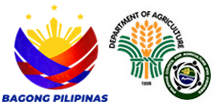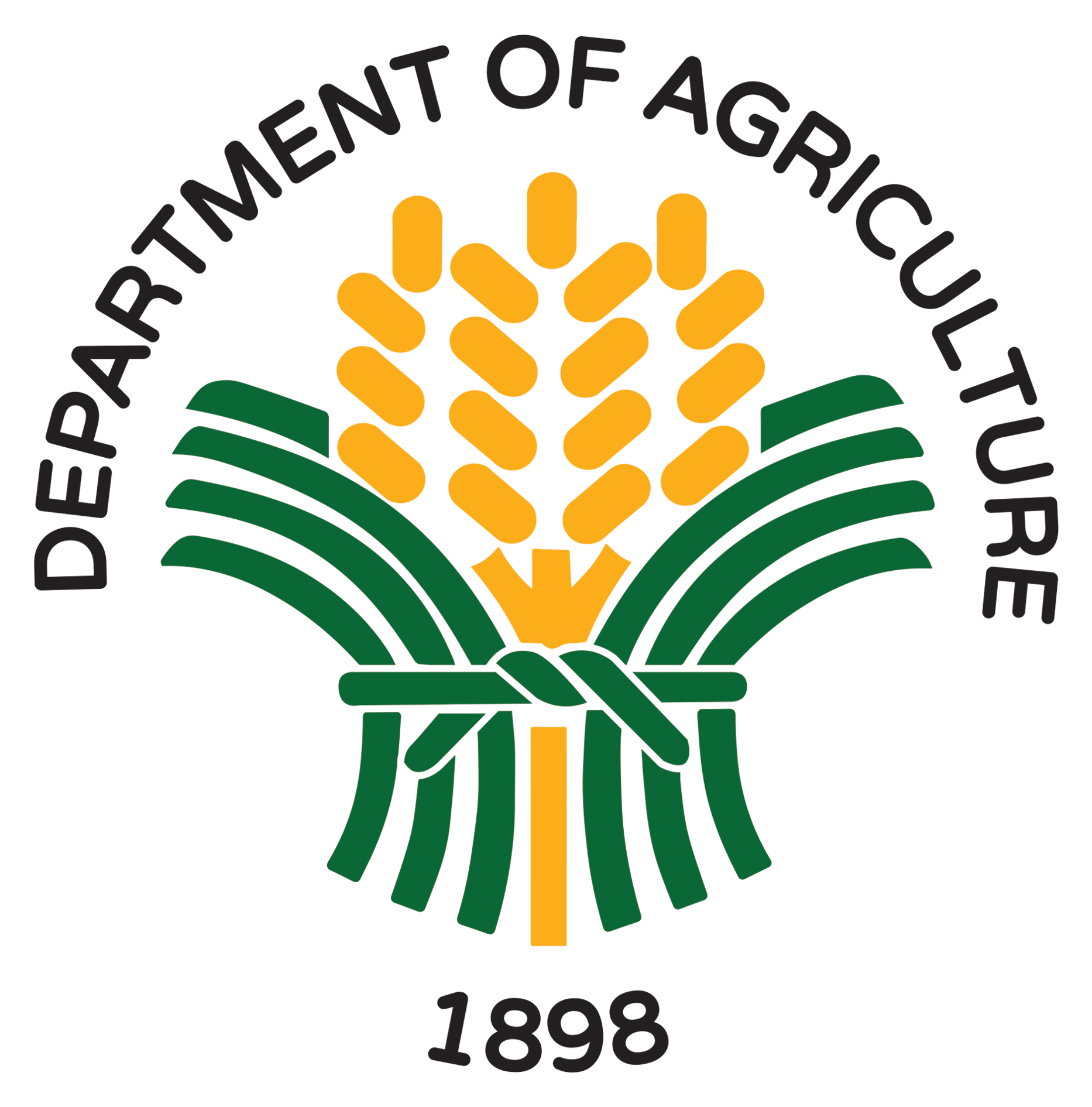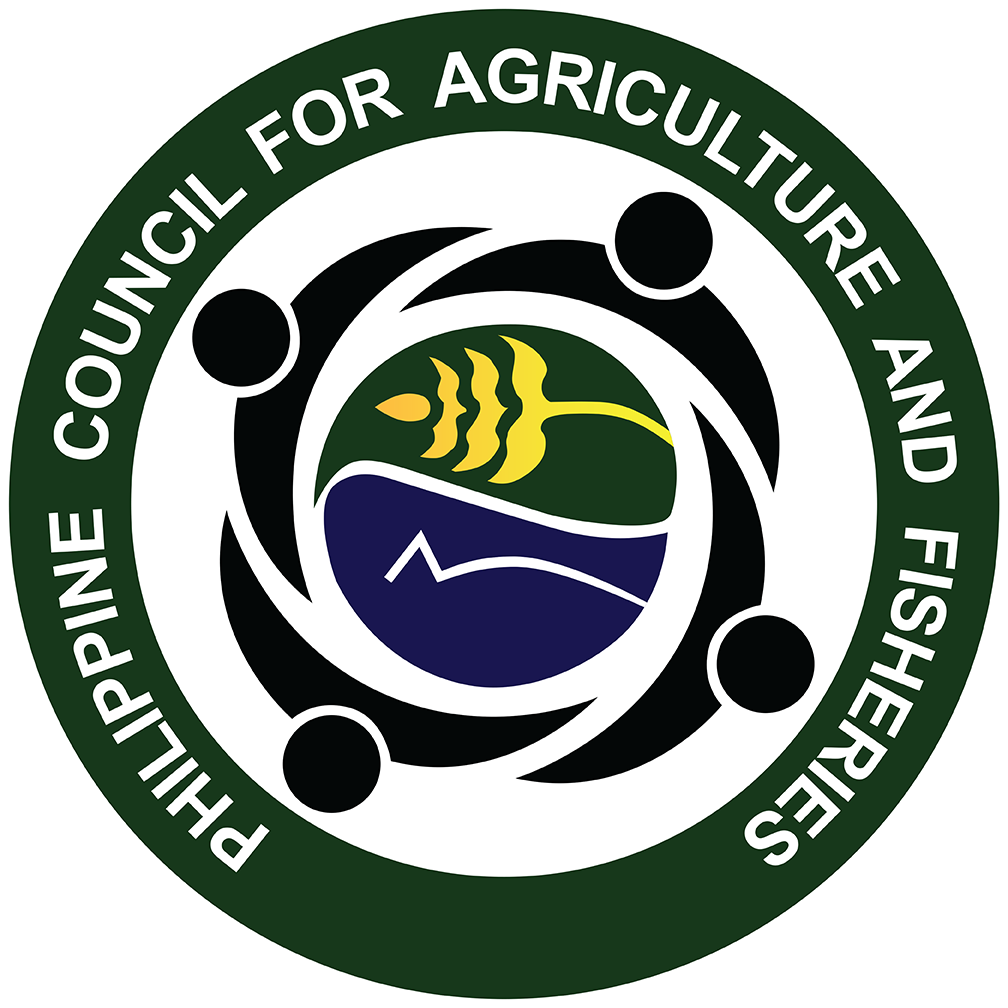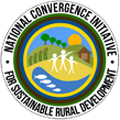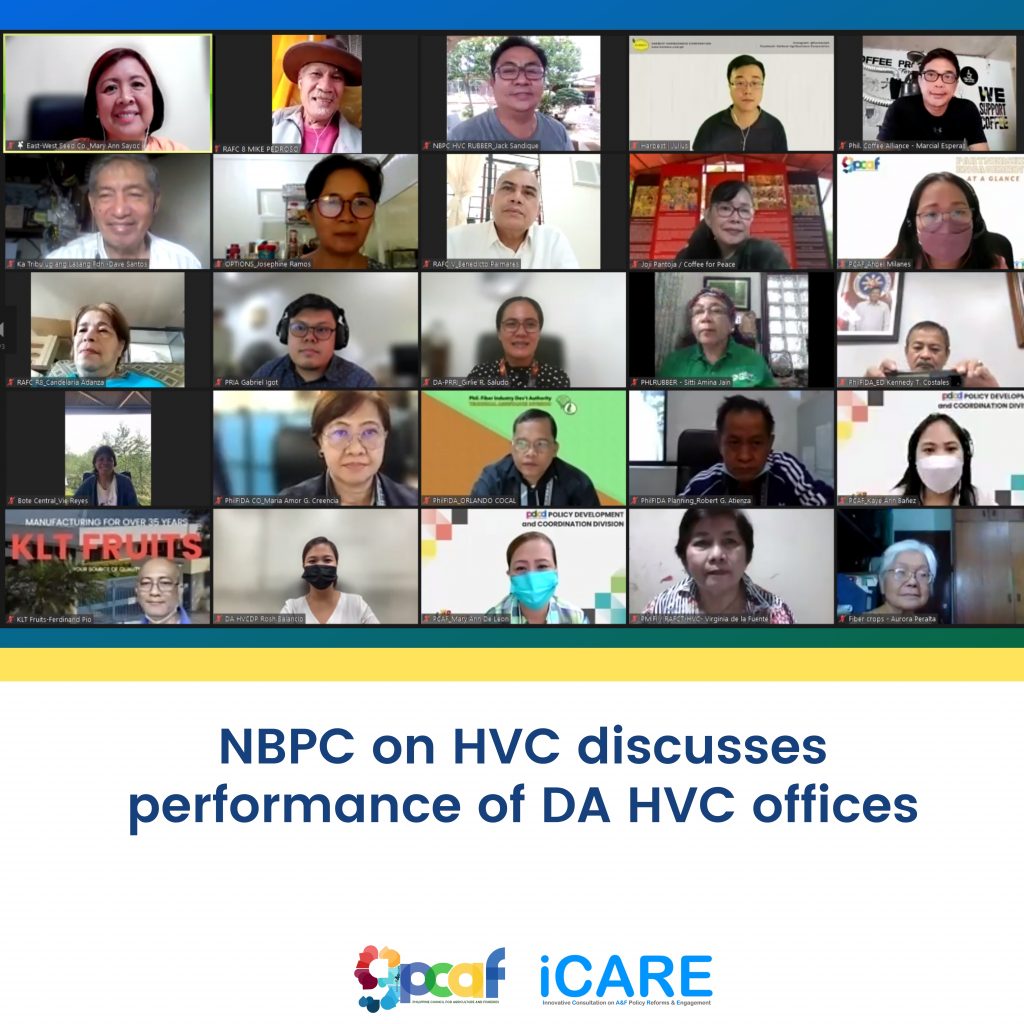
The National Banner Program Committee on High Value Crops (NBPC on HVC) discussed the first semester’s physical accomplishments and financial performance of DA HVC offices in their special meeting on August 10, 2022.
Among the DA offices which presented their accomplishments are the DA-High Value Crops Development Program (DA-HVCDP), the Philippine Rubber Research Institute (PRRI), the Philippine Fiber Industry Development Authority (PhilFIDA), and the Bureau of Plant Industry (BPI).
The DA-HVCDP has already distributed 100% of its target fertilizers to coffee, cacao, and onion farmers. For its targets for vegetable crops, DA-HVCDP has distributed 81.89% target fertilizers, 80.65% target farm production-related machinery and equipment, and 74.02% target postharvest and processing equipment and machineries.
In order to mitigate the adverse effects of climate change during the production season, the DA-HVCDP also provided structures and materials that could help minimize the effects of heavy rains or excessive heat. They also provided small-scale irrigation systems to help farmers address drought.
The DA-HVCDP also maintains seedlings in their research stations and installs protective production facilities in order to ensure constant distribution of pest and disease-free planting materials.
Other DA HVC offices also reported their first semester accomplishments, with the PRRI improving rubber-based farming technologies, allowing farmers an opportunity to earn while rubber is still in its gestation period, maximizing land use.
PhilFIDA has also made significant progress in their Abaca Tuxy Buying Special Project (ATBSP), and by October 2022, the construction of ATBSP infrastructures will be completed, enabling abaca farmers to produce more export-quality fibers.
PhilFIDA’s National Fibercrop Survey and Mapping Project (NFSMP), on the other hand, was designed to update the data on the actual area planted with abaca and other fiber crops, and to determine the population of abaca farmers. As of date, about 19% of the total area of 154,422 hectares was surveyed and 11,810 farmers were interviewed from Regions V (Catanduanes, Albay, Camarines Norte, Camarines Sur and Sorsogon) and XIII (Agusan del Norte, Agusan del Sur and Surigao del Sur).
The NBPC on HVC also discussed future directions and strategies to develop the HVC industry, like using the Commodity Industry Roadmaps (CIRs), evaluating the market performance of HVCs, and considering the Mandanas-Garcia Ruling to request for more HVC funding.
Dr. Mary Ann Sayoc, Chairperson of the NBPC on HVC-Fruits and Vegetables, recommended that future projects be anchored to the CIRs to justify requests for budget increases. Dr. Sayoc also suggested conducting a special meeting to discuss and present the different CIRs, highlighting the export potential of these commodities.
The NBPC on HVC also recommended the creation of a Technical Working Group to evaluate the market performance of HVCs and to come up with better recommendations to the Department of Budget and Management for appropriate budget increases per commodity.
In order to gain more support from Local Government Units, Dr. Aurora Peralta of the Association of Abaca Pulp Manufacturers Inc. suggested the creation of a program identifying specific crops that LGUs need to support, considering the implementation of the Mandanas-Garcia Ruling.
Caraga Regional Agricultural and Fishery Council Chairperson Christopher Lindo also recommended the creation of provincial food security plans which will consider priority commodities in line with their respective Comprehensive Land Use Plans, to be spearheaded by the provincial LGUs. | SMA
